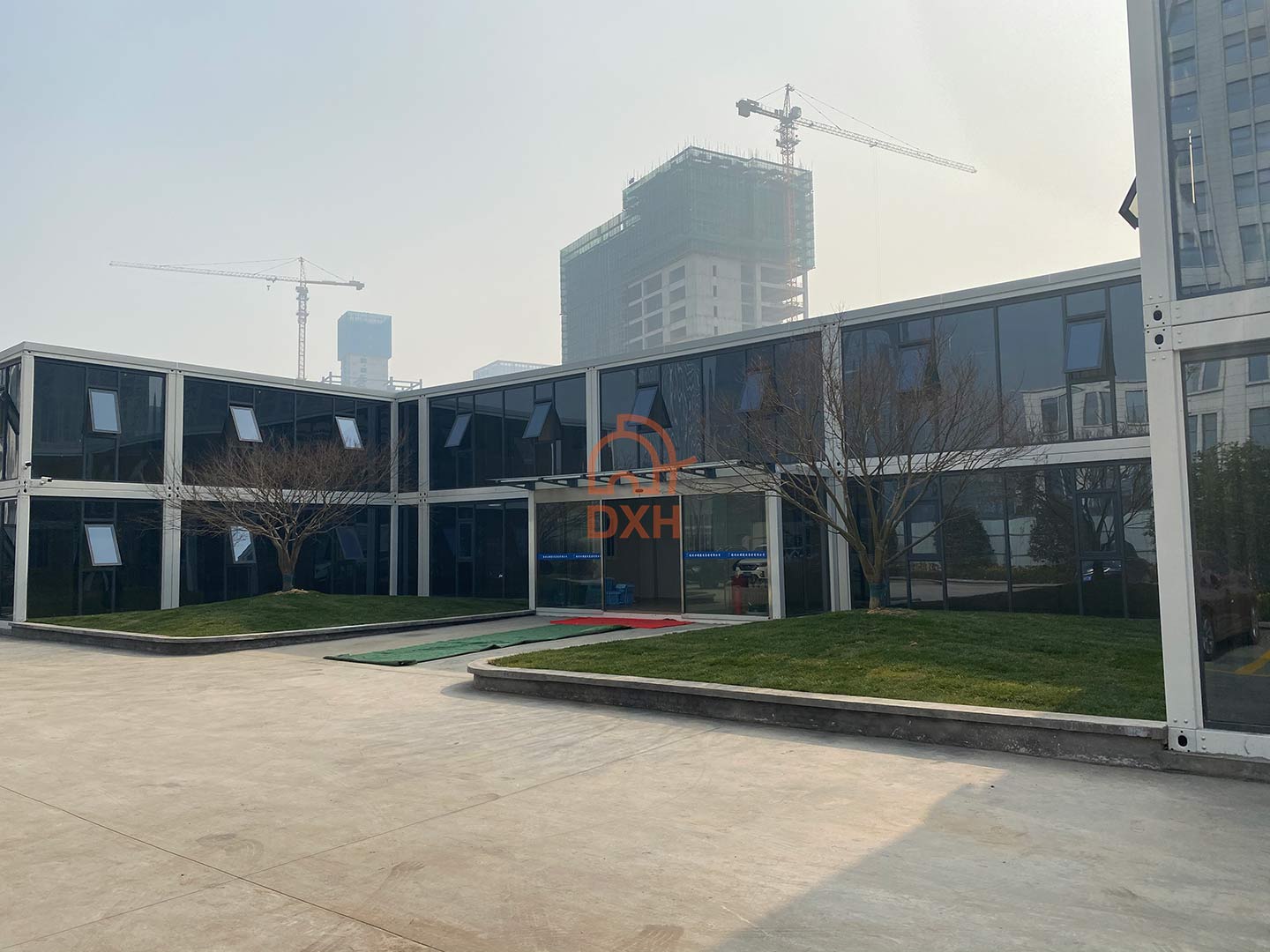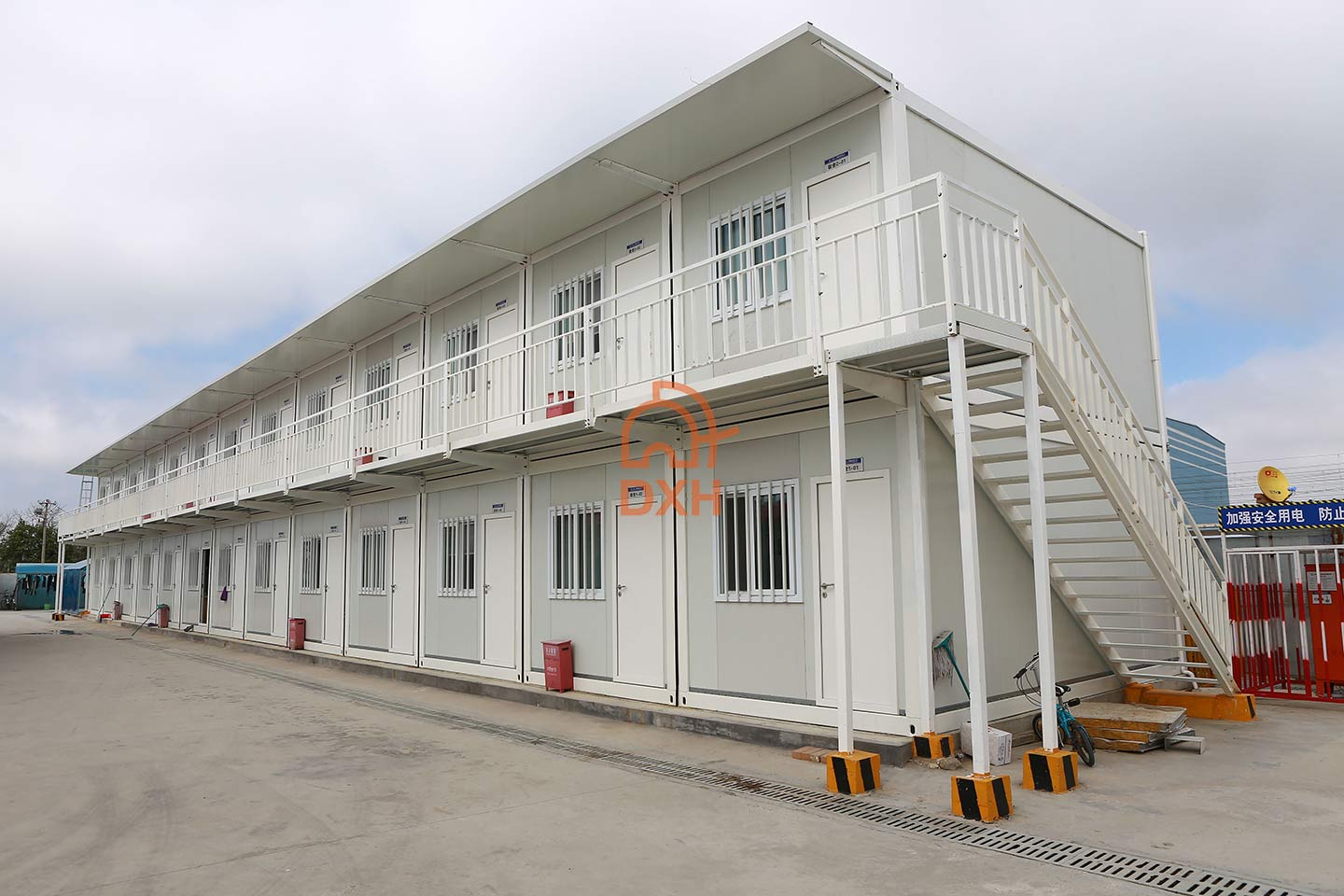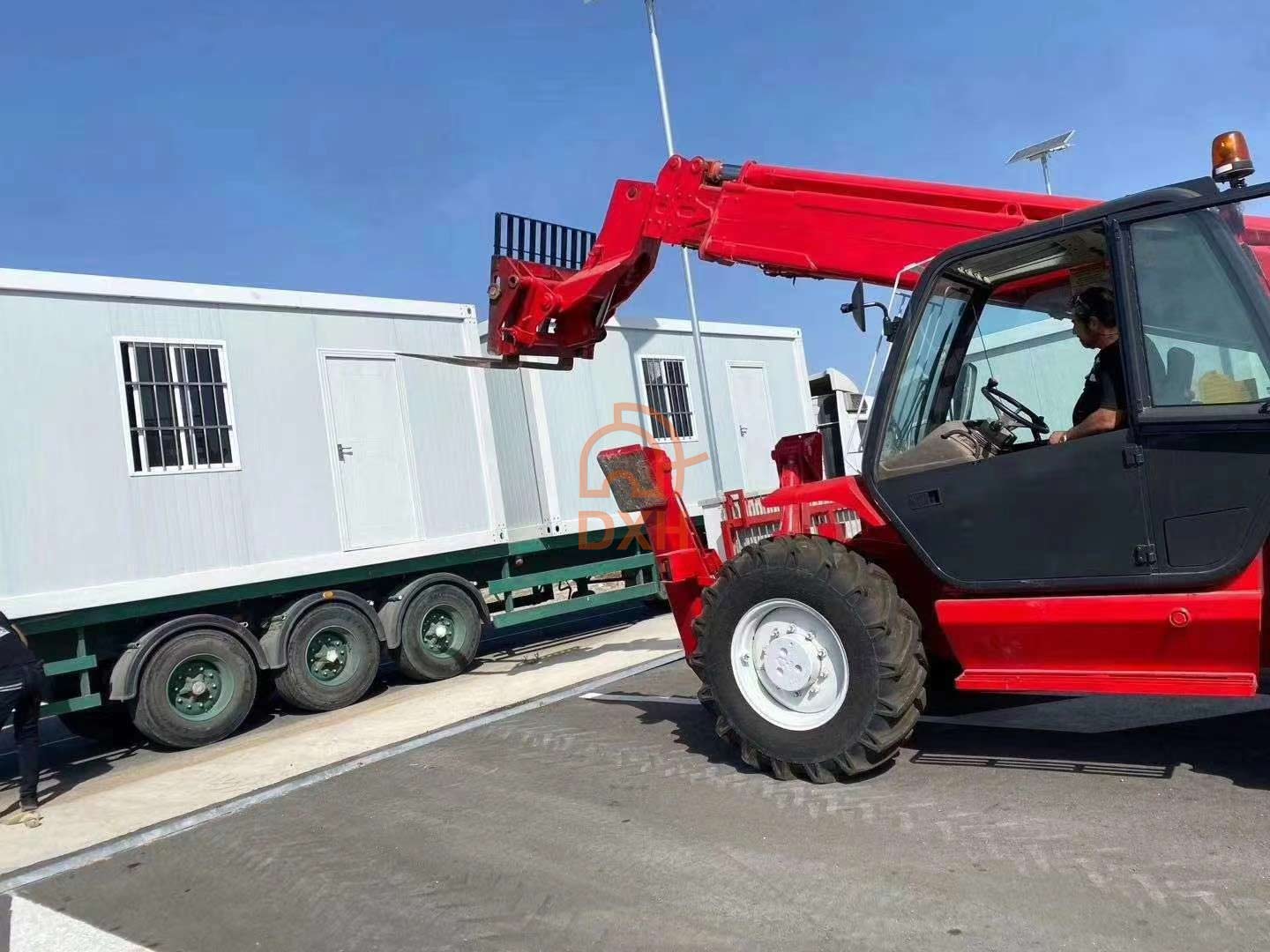In recent years, with the concept of sustainable development deeply rooted in the hearts of the people, the construction industry has gradually transformed in the direction of green environmental protection. In this context, prefabricated houses have become a model of environmental protection in the construction industry due to their outstanding performance in resource conservation, pollution reduction and carbon emission control.
1. Analysis of the environmental protection advantages of prefabricated houses
(1). Production stage: reduce material waste
In traditional building construction, a lot of material is often wasted due to manual operation and on-site cutting. The components of the prefabricated house are precisely produced in the factory, and the utilization rate of raw materials is greatly improved, which greatly reduces waste. In addition, factory production allows for better control over the type and quality of materials, thus avoiding unnecessary material loss.
| Item | Traditional building construction | Production of prefabricated houses |
| Material utilization | 70%-80% | 90%-95% |
| Construction waste generated (kg/m²) | 30-50 | 10-15 |
| Material waste rate | 20%-30% | 5%-10% |
Through the data, it can be seen that the material utilization rate of prefabricated houses is as high as more than 90%, much higher than the 70%-80% of traditional buildings, and the amount of construction waste generated has also been reduced by about 70%. In addition, prefabricated houses are more inclined to recyclable and low-carbon materials in their material selection, further enhancing their eco-friendly attributes.

(2). Construction phase: reduce on-site pollution
Traditional construction sites are often accompanied by noise, dust and construction waste, which have a negative impact on the surrounding environment. Prefab houses, on the other hand, are modular for a cleaner and more efficient construction process. This prefabricated construction method not only reduces the disturbance to the surrounding residents, but also effectively controls the emission of pollutants during the construction process.
| Item | Traditional building construction | Prefabricated house construction |
| Construction period (days) | 90-120 | 30-45 |
| Noise Pollution (dB) | 80-100 | 60-70 |
| Dust concentration (mg/m³) | 200-300 | 50-100 |


